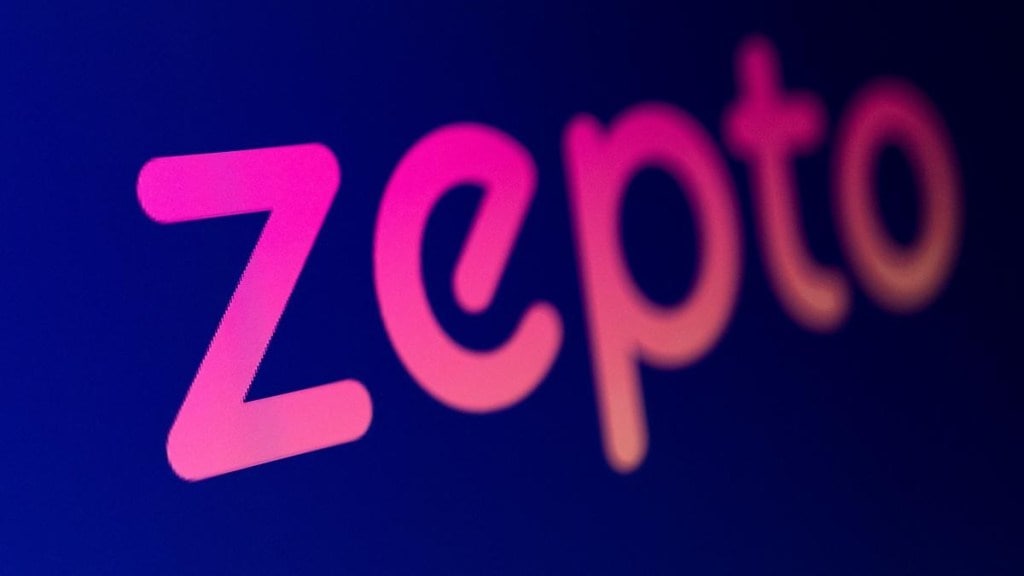Quick commerce unicorn Zepto, once a darling of the startup ecosystem with its blazing growth and soaring valuations, now seems to be in the spotlight for less flattering reasons. The company, which not long ago made headlines for closing multiple rounds of funding and expressing confidence in going public by 2025, is now pushing its IPO timeline to 2026, according to people familiar with the matter.
“That’s our ambition… of course, capital markets may change, but for now, we are optimistic that if the business continues to perform as well, we will go public in calendar 2025,” Aadit Palicha, CEO and co-founder, had told PTI in an interview late last year. However, sources now say that even if the company files its draft red herring prospectus (DRHP) in the coming months, the listing itself is off the cards for this year.
But that’s not the only cloud looming over the startup. Over the past few months, Zepto has faced growing backlash on social media, with users accusing the company of deploying a slew of aggressive and manipulative tactics that fall under what the industry calls “dark patterns”. These include auto-adding products or memberships to carts, misleading offers and interface tricks that nudge users into spending more than they intended.
To be fair, such design tactics are not unique to Zepto and even players like Blinkit, Swiggy Instamart, and Flipkart Minutes have all been reported to use similar strategies. However, what has fuelled the outrage in Zepto’s case is the intensity and frequency of these practices. A Reddit forum created specifically to call out Zepto’s UX manipulations has ballooned to nearly 10,000 members in a matter of days, eclipsing similar forums for other platforms.
What makes the situation more complex is that this growing user dissatisfaction is mirrored by discontent among Zepto’s business partners. Multiple vendors allege that the company is frequently late with payments, sometimes by as much as six months, and routinely misses ledger entries. Several complain that they are forced to provide proof of delivery and manually reconcile discrepancies just to get what’s owed to them.
Zepto did not respond to FE’s queries on these issues.
Despite the mounting criticism, industry observers say the story of Zepto is not yet one of failure, but of growing pains and mounting pressure. In the quick commerce space, where competition is fierce and margins are wafer-thin, companies are under constant investor scrutiny to improve revenue per user, reduce losses and justify the capital being burned. Zepto, which faces stiff competition from entrenched players like Zomato’s Blinkit and Swiggy’s Instamart, is fighting to hold on to its place among the top tier. To do that, it needs funding and to secure funding, it needs numbers, analysts said.
This pressure may well explain some of the company’s current strategies. However, analysts said that if it continues to alienate the very customers and partners it depends on, Zepto could find itself losing more than just goodwill. Trust, once broken, is difficult to regain, especially in a market where customer loyalty is fickle, and alternatives are just a few taps away, an analyst said.
